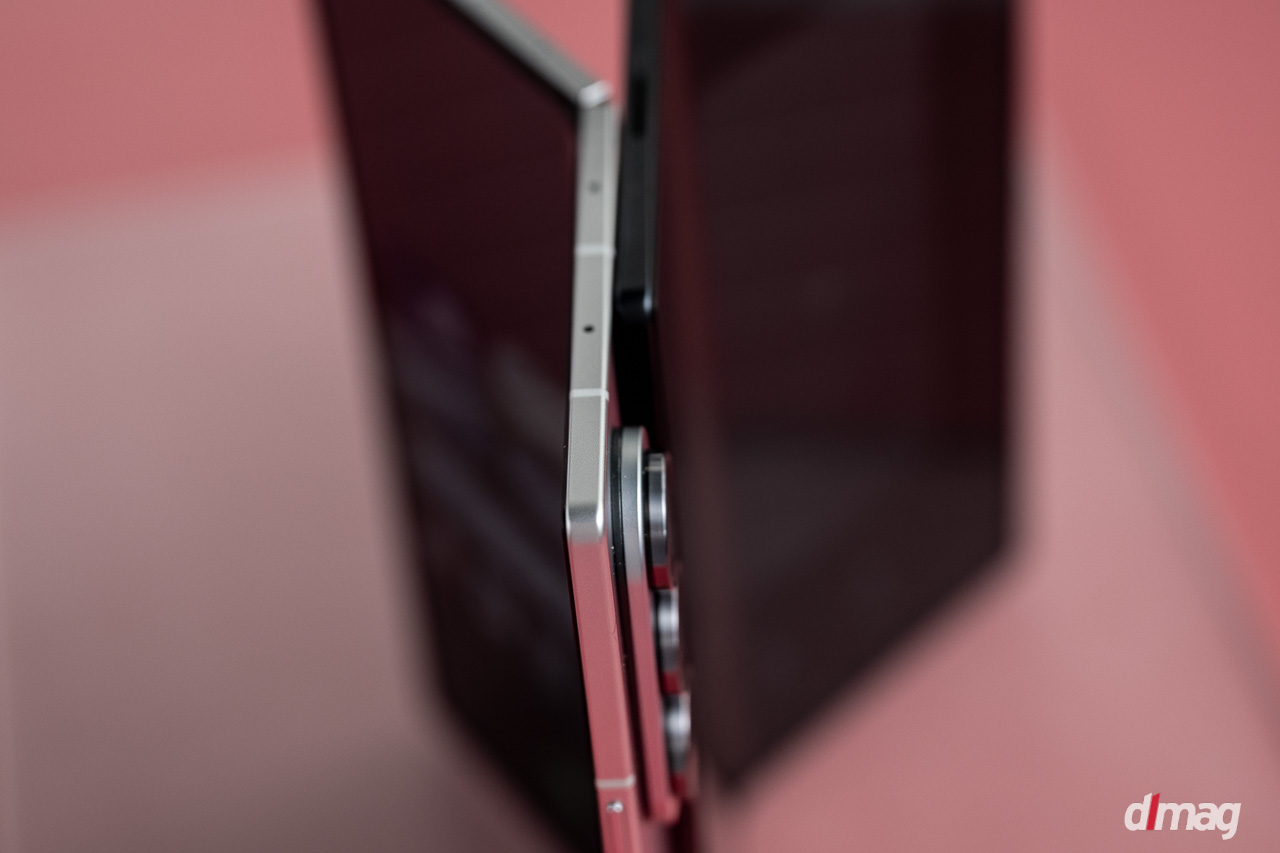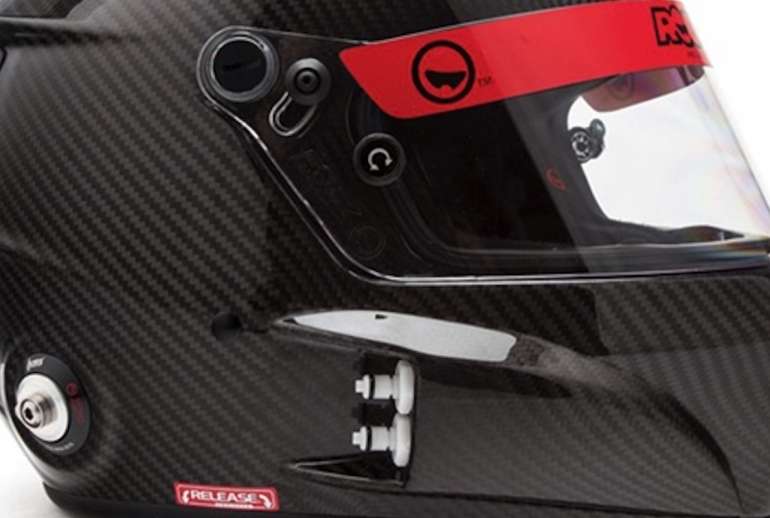After spending time with Samsung’s Galaxy Z Fold7, it’s clear this is the biggest leap forward in foldable technology since the original launched in 2019. Measuring 8.9mm folded and weighing just 215 grams, this puts Samsung neck-and-neck with the OPPO Find N5 and Honor Magic V5 in the thickness race. The company made significant changes across the board: expanded displays with improved proportions, a 200-megapixel camera system that eliminates previous compromises, enhanced Snapdragon 8 Gen 2 performance, One UI 8 on Android 16, and controversial feature removals including S Pen support. Samsung traded stylus functionality for improved durability and dramatic weight reduction based on user research showing extremely low pen usage. Samsung finally built a foldable that adapts to your lifestyle instead of demanding you adapt to it.
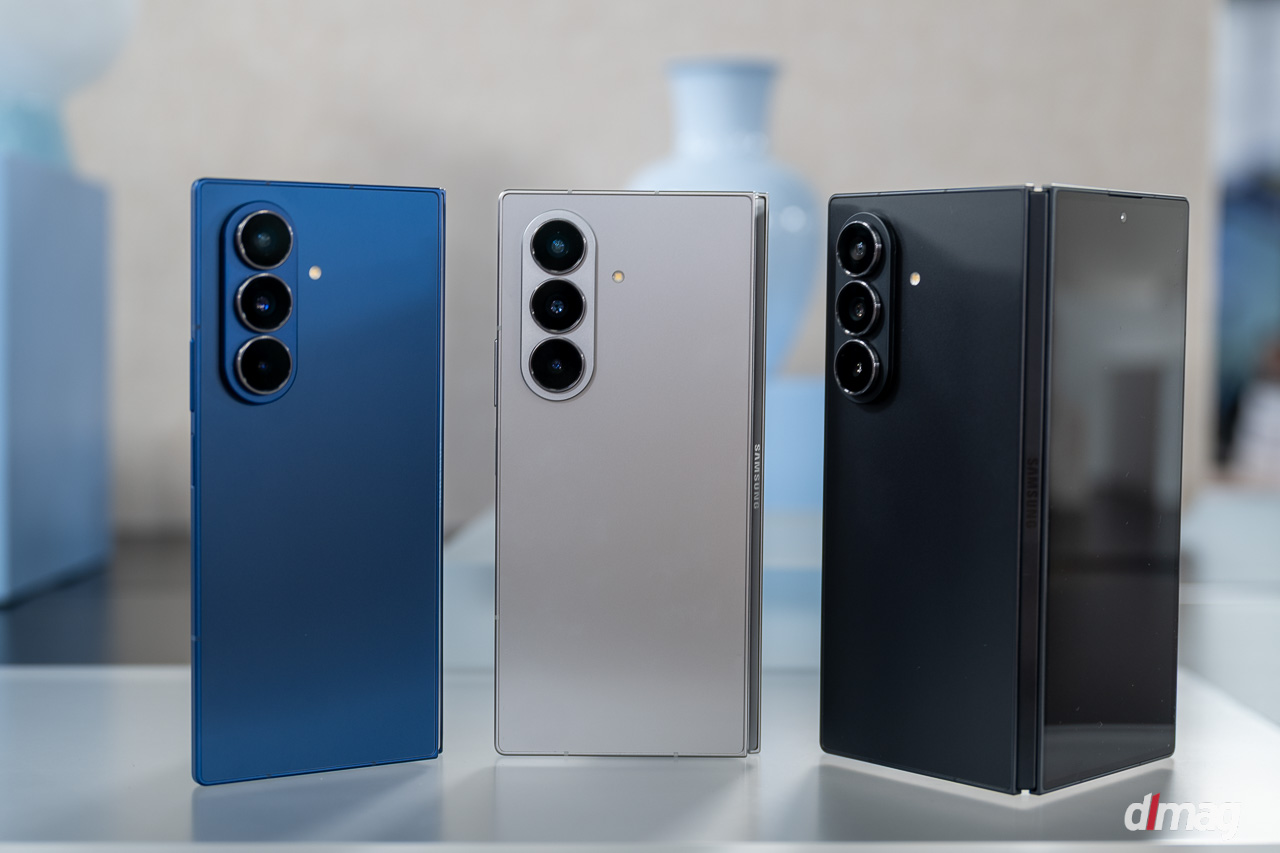
Breaking News: Samsung Removes S Pen Support for First Time Since Galaxy Z Fold3 – This controversial decision prioritizes mainstream appeal over power user features, marking a fundamental shift in Samsung’s foldable strategy.
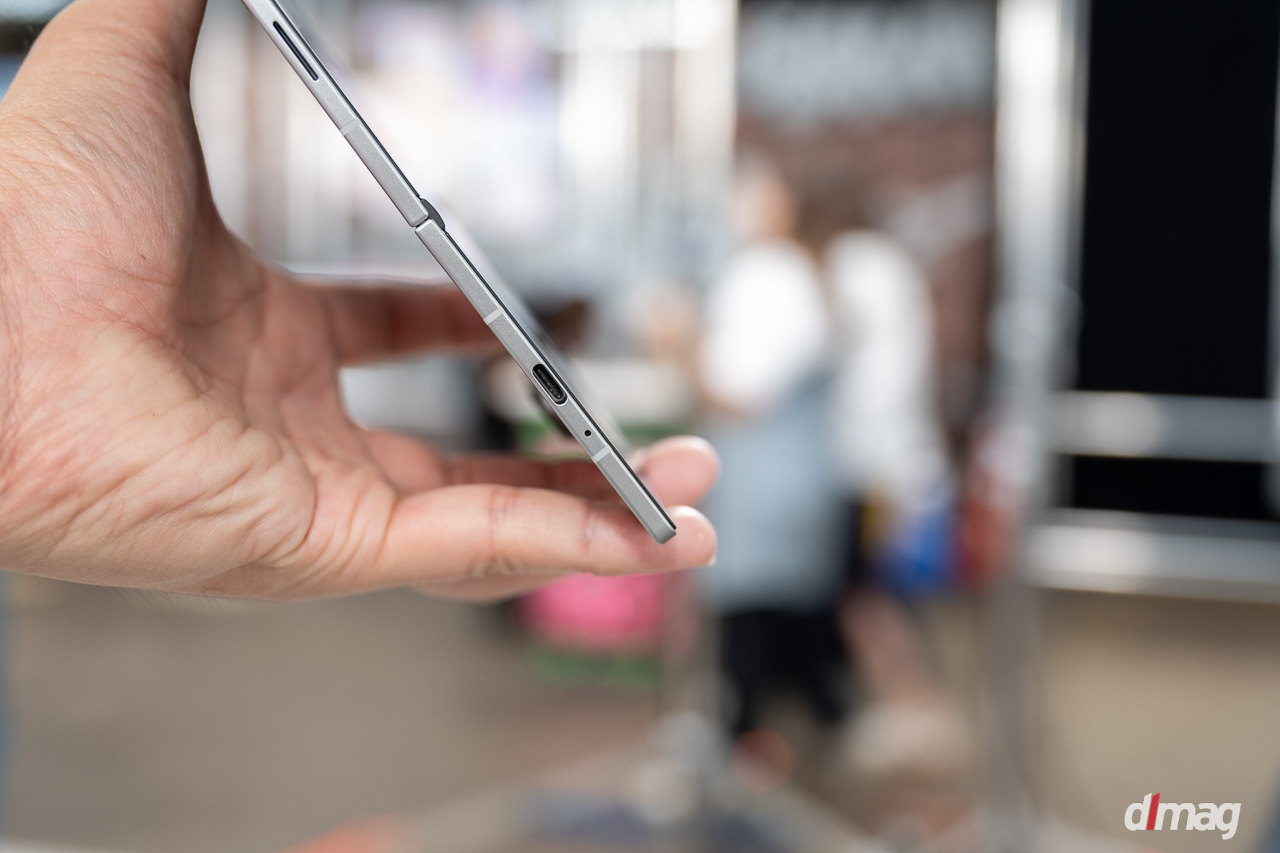
Removing the digitizer layer allowed Samsung to increase the ultra-thin glass thickness for better durability while shaving off 3.2mm and 24 grams compared to the Z Fold6. The result transforms how you work, create, and connect with an expansive display that weighs less than many traditional flagships.
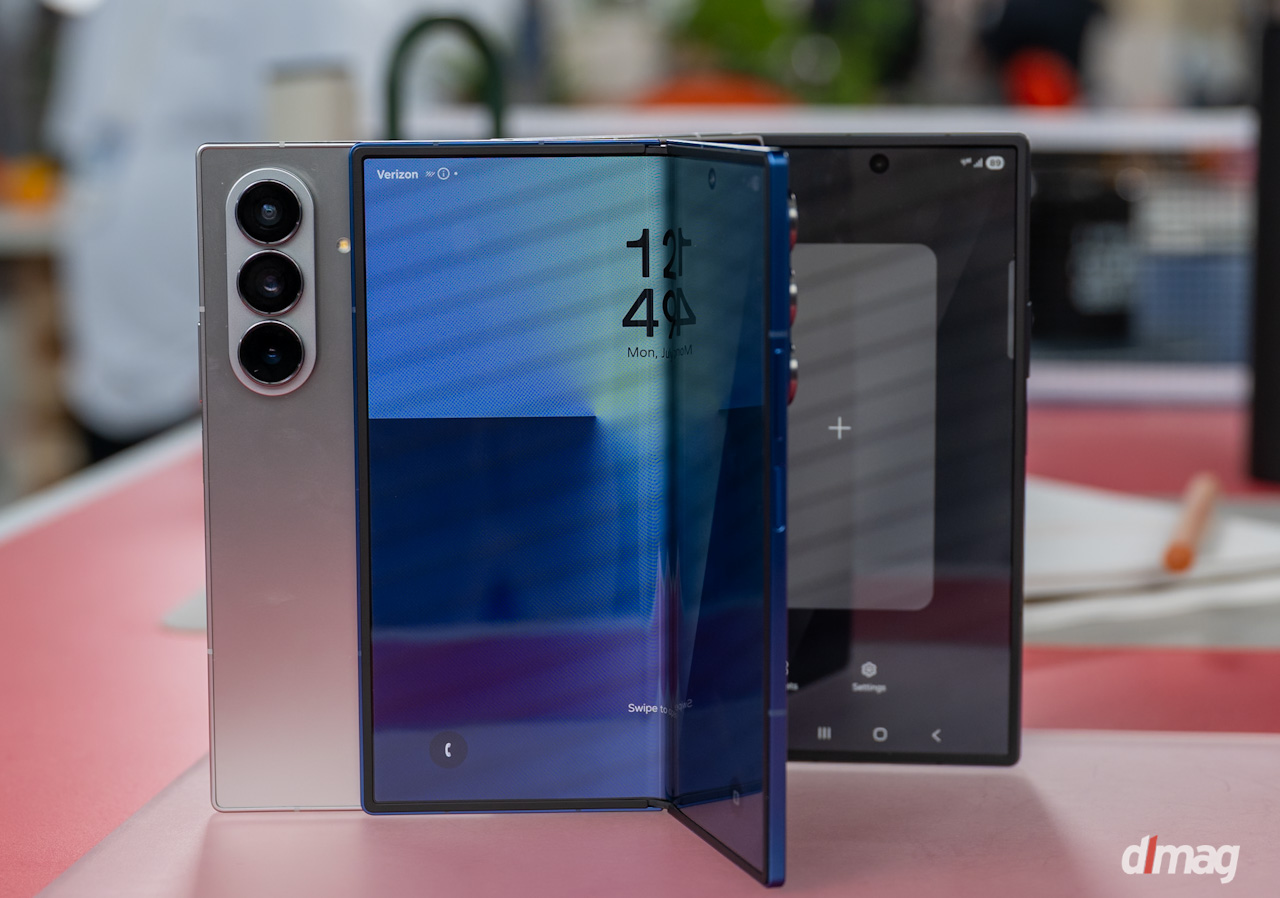
Living With Two Screens That Actually Work
Testing the 6.5-inch cover screen reveals how much foldable phone usage has improved. Previous models had cramped external displays that punished basic tasks. The Z Fold7’s 21:9 aspect ratio creates natural proportions that work for one-handed texting, social media scrolling, and quick interactions. During my time with the device, I found myself living on the cover screen without constantly unfolding for simple tasks. The typing experience flows naturally rather than fighting against awkward dimensions.


When you need more space, the expanded 8-inch main display provides genuine productivity territory. Running three apps simultaneously never felt cramped during testing. Email, calendar, and messaging coexist naturally with room to breathe. The display growth from 7.6 to 8 inches creates legitimate workspace that transforms multitasking from novelty into necessity. I could edit documents while referencing research, manage my calendar while checking email, or watch videos while browsing social media. Samsung demonstrated the magic of this expanded canvas by showing an unedited photo alongside its edited version side by side. The 8-inch display gives you enough real estate to see your original image while making adjustments, creating a workflow that feels more like using a tablet than struggling with a cramped phone screen.
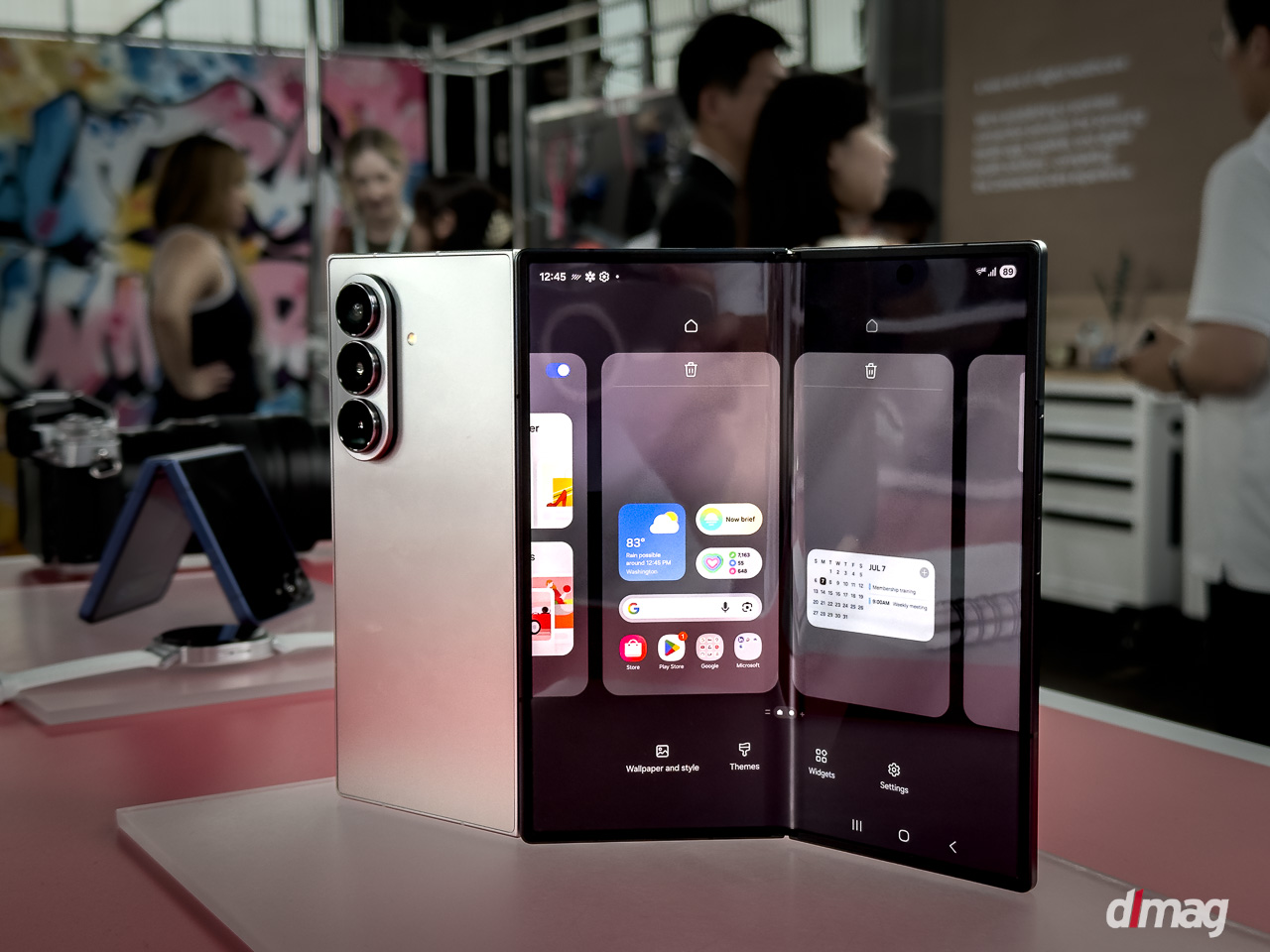
Samsung’s Armor Flexion hinge is a fundamental rethinking of foldable design. The water-dropping geometry with multi-rail structure disperses stress across multiple points, creating more internal space while allowing the display to fold with gentler curvature. The crease reduction is immediately noticeable during hands-on use. Previous Z Fold devices had creases that intruded and distracted.



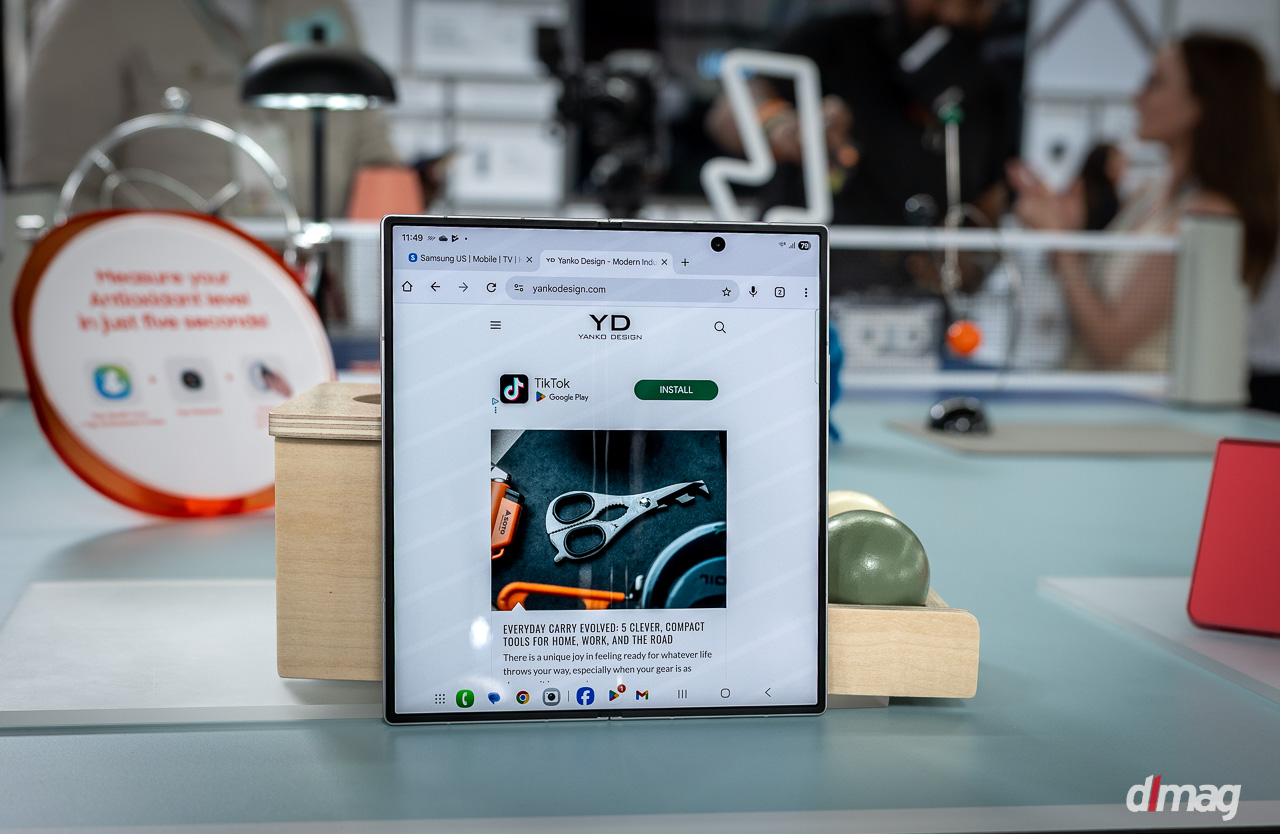
The Z Fold7’s crease integrates naturally into the user experience. The hinge provides confident tactile feedback during folding operations without seeming fragile or experimental. Apps display properly without awkward letterboxing. Most interactions happen on the familiar cover screen.
The Camera System That Doesn’t Compromise
Testing the 200-megapixel main camera reveals Ultra-series performance in the foldable form factor, eliminating the camera compromise that plagued previous models. Samsung engineered an 18% thinner actuator to fit flagship performance into the slim profile. The ultra-wide lens now supports autofocus for detailed macro photography. The 3x telephoto benefits from Pro Visual Engine enhancements that distinguish between moving and static objects for cleaner low-light footage.
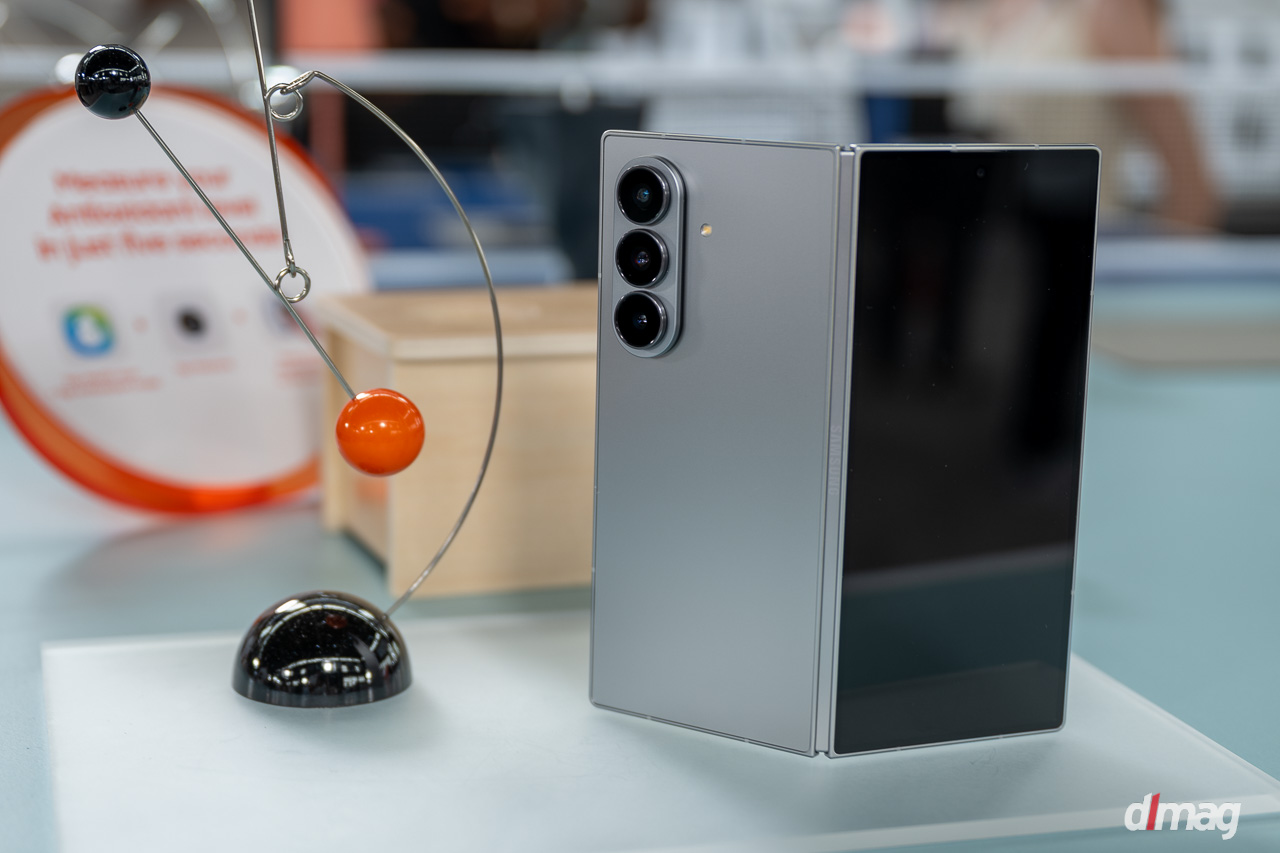
Samsung replaced the under-display selfie camera with a traditional 10-megapixel punch-hole design. The change improves photo quality dramatically while making group selfies more practical on the expansive inner screen. The trade-off is a visible camera cutout on the main display, but the improved results justify the decision for most users who prioritize image quality over seamless aesthetics.
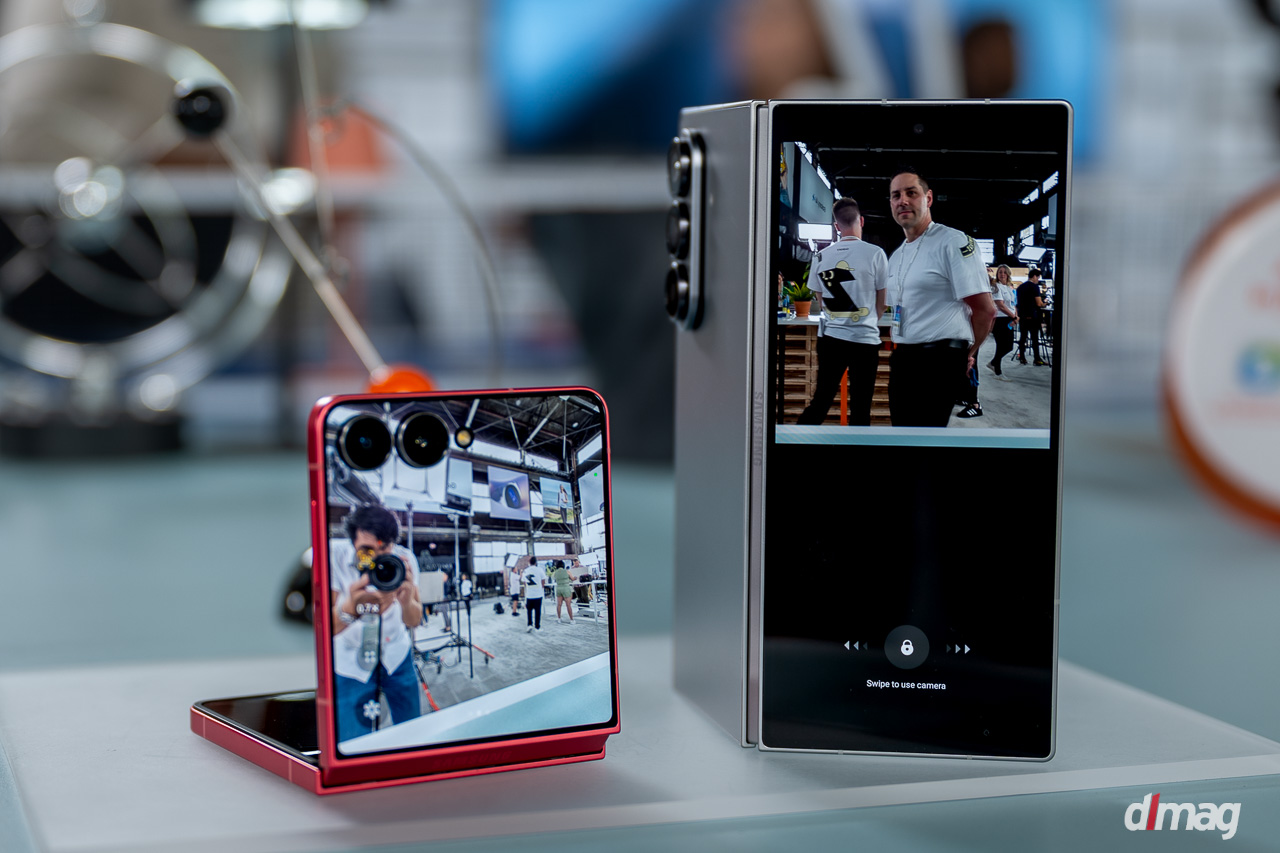
Video recording reaches professional standards with 10-bit HDR capture and advanced stabilization. During testing, the expansive inner screen made photo editing and review more enjoyable than cramped displays. You can see fine details clearly while making adjustments.
The expanded canvas makes composition and framing more intuitive, creating a complete photography workflow that flows naturally rather than fighting against constraints. The Pro Visual Engine provides computational photography improvements that make low-light shots cleaner and more detailed than previous generations.
Performance That Keeps Up With Your Ambitions (But Battery Life Doesn’t)
The customized Snapdragon 8 Gen 2 processor delivers enhanced performance that handles demanding tasks without thermal throttling during extended testing sessions. The 4400 mAh battery powers both screens with improved efficiency despite the bigger display. Samsung’s ecosystem integration extends capabilities through DeX mode, Galaxy Buds connectivity, and Galaxy Watch synchronization.

Critical Analysis: Samsung Galaxy Z Fold7 Battery Life vs Competitors
Here’s where Samsung deserves criticism: while competitors push battery technology forward, the Z Fold7 sticks with the same 4400 mAh capacity as last year. The Honor Magic V5 packs a massive 6100 mAh silicon-carbon battery, while the Vivo X Fold3 Pro includes 5700 mAh. Both offer significantly more capacity in similarly thin profiles.
| Device | Battery Capacity | Thickness (Folded) | Weight | Battery Technology |
|---|---|---|---|---|
| Samsung Galaxy Z Fold7 | 4400 mAh | 8.9mm | 215g | Li-Ion |
| Honor Magic V5 | 6100 mAh | 8.8mm | 217g | Silicon-Carbon |
| Vivo X Fold3 Pro | 5700 mAh | 10.2mm | 219g | Si/C Li-Ion |
| OPPO Find N5 | ~4800 mAh | 8.93mm | ~220g | Li-Ion |
Samsung’s decision to prioritize thinness over battery life feels short-sighted when users consistently demand better endurance. The company relies on processor efficiency improvements rather than addressing the fundamental capacity limitation.
First to ship with One UI 8 on Android 16, the Z Fold7 leads Samsung’s Android adoption. Galaxy AI integration provides practical features that enhance daily use without gimmicky intrusions. Gemini optimization includes floating windows and adjustable layouts with conversation continuity between displays. The AI Result view offers multiple layout options that adapt to your workflow.
Drag-and-drop functionality between apps makes content creation intuitive during hands-on testing. The system learns your habits and provides proactive suggestions that help rather than annoy. Gaming, video editing, and content creation tasks that would challenge traditional flagships run smoothly. The processor ensures responsive performance even when running multiple resource-intensive applications simultaneously.
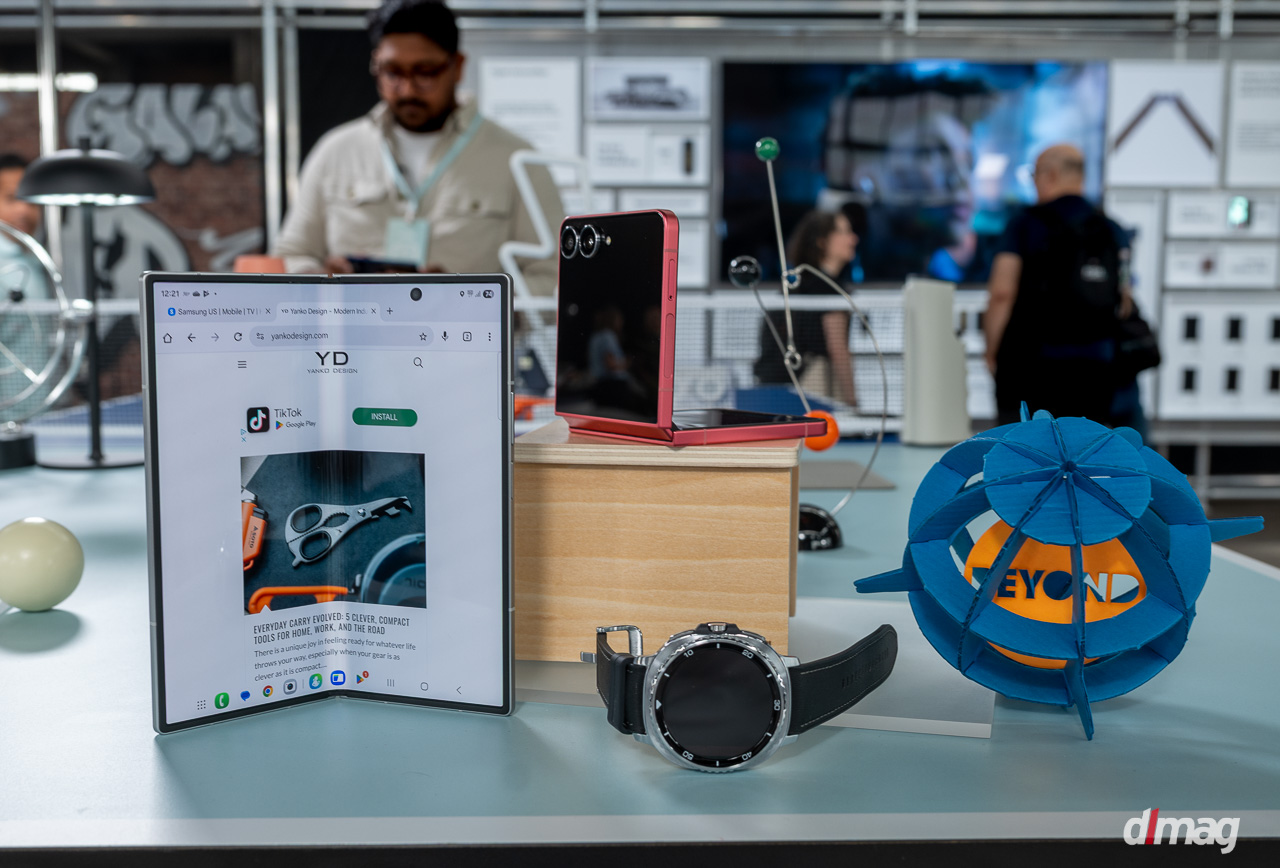
The expanded real estate provides adequate space for complex applications while maintaining smooth operation. Enhanced processing power keeps multitasking fluid across both displays. Professional workflows that once required laptops now fit in your pocket. The combination creates computing experiences that break free from conventional smartphone limitations. Samsung’s conservative approach to battery capacity becomes more glaring when competitors offer 30-40% more power in similar form factors.
Why This Changes Everything
Remember when smartphones first arrived and people said they’d never replace cameras, music players, or GPS devices? After using the Galaxy Z Fold7, it feels like that same transformative moment for foldables. You’re not buying the latest gadget. You’re investing in a device that understands how you live, work, and create in 2025.



Samsung positioned the Z Fold7 at $1,999.99 with storage options that cater to different usage patterns. The 256GB and 512GB models include 12GB RAM, while the 1TB model upgrades to 16GB RAM. Available in Blue Shadow, Jet Black, Silver Shadow, and exclusive Mint colors, the phone comes with seven years of software updates ensuring relevance through 2032. Yes, it’s expensive. But consider what you’re getting: a phone that eliminates the need for a tablet, a portable productivity station, and a camera system that rivals dedicated devices.
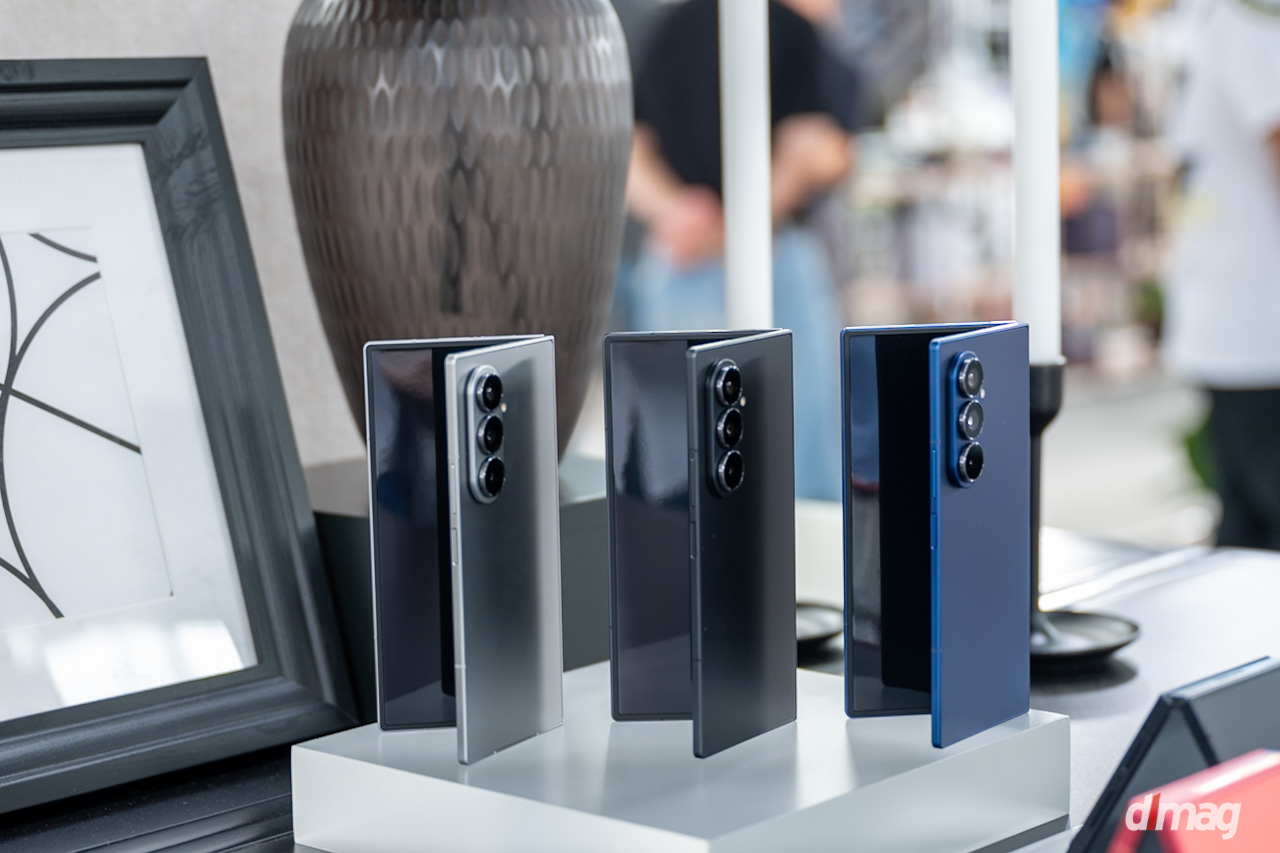
Real-World Travel Scenarios I’m Excited to Test:
Having experienced the power of foldable multitasking with my Huawei Mate XT (tri-fold), I’m eager to test how the Z Fold7’s lighter, more manageable form factor handles these same scenarios. Currently, I navigate with Google Maps while simultaneously chatting with friends or colleagues on the Mate XT’s expansive display. The multitasking capabilities are game-changing, but the device’s bulk makes extended use tiring. The Z Fold7’s 24-gram weight reduction and improved ergonomics promise to make these workflows more sustainable.
Entertainment multitasking during long flights represents another area where the Z Fold7’s refined design could shine. I regularly watch Netflix shows while browsing the web or chatting on my current foldable, but the lighter profile should make this more comfortable during extended sessions. Taking photos while simultaneously taking work notes during business trips eliminates the constant app-switching dance, and I’m curious how the Z Fold7’s 8-inch display compares to the Mate XT’s tri-fold configuration for these productivity tasks.
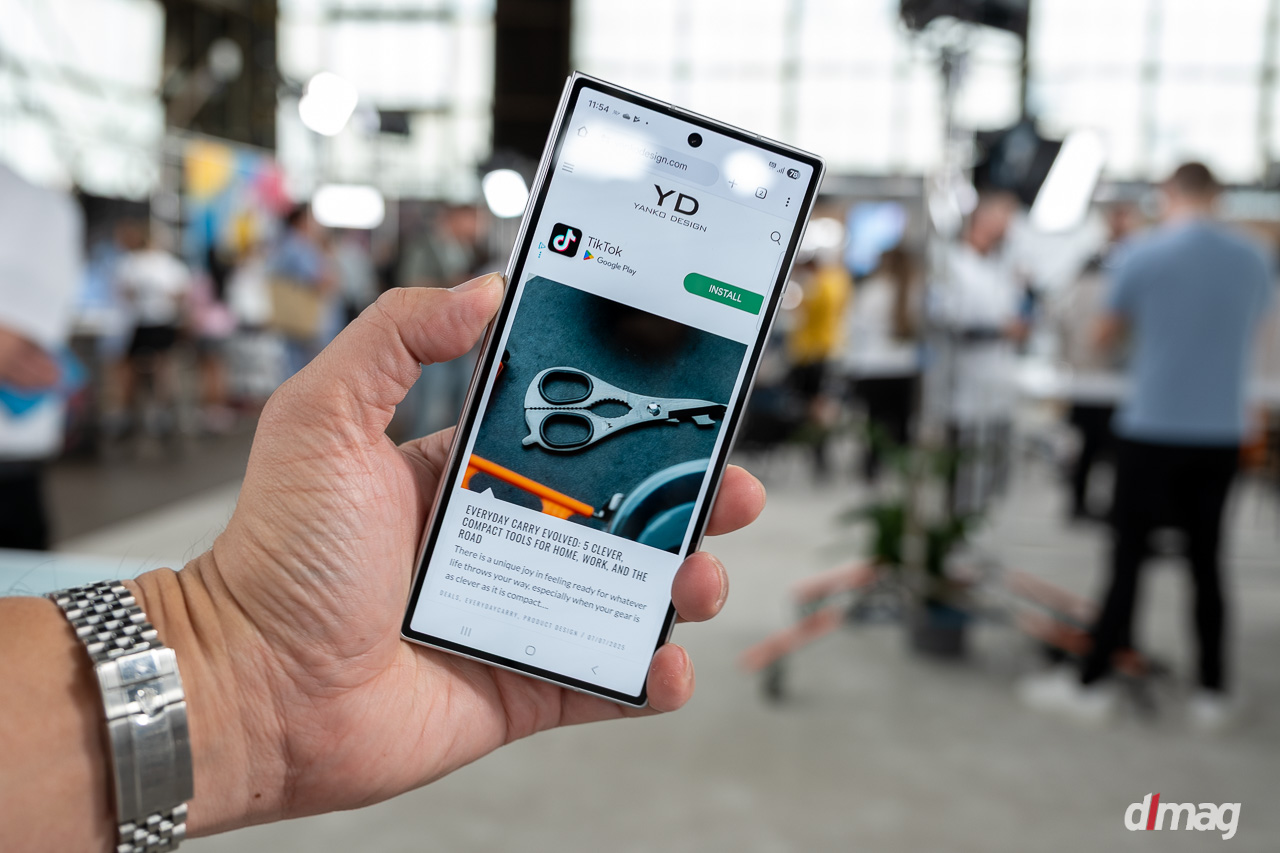
My time with the Z Fold7 reveals it speaks to anyone who’s ever struggled with small screens while trying to accomplish real work. Parents juggling schedules while kids demand attention. Entrepreneurs managing businesses from coffee shops. Creative professionals who need to edit, review, and share content without compromise. Students taking notes while researching. Travelers who need to navigate, communicate, and document experiences simultaneously. The improved form factor makes the phone accessible to users who previously found foldables too bulky or complicated.
No learning curve exists with previous foldables that demanded specialized knowledge. You pick it up and immediately understand how to use it. The cover screen works like any phone you’ve owned. The main display opens up possibilities without demanding new skills. My initial testing suggests Samsung has addressed most major criticisms of foldable technology: weight, thickness, camera quality, software optimization, and durability.
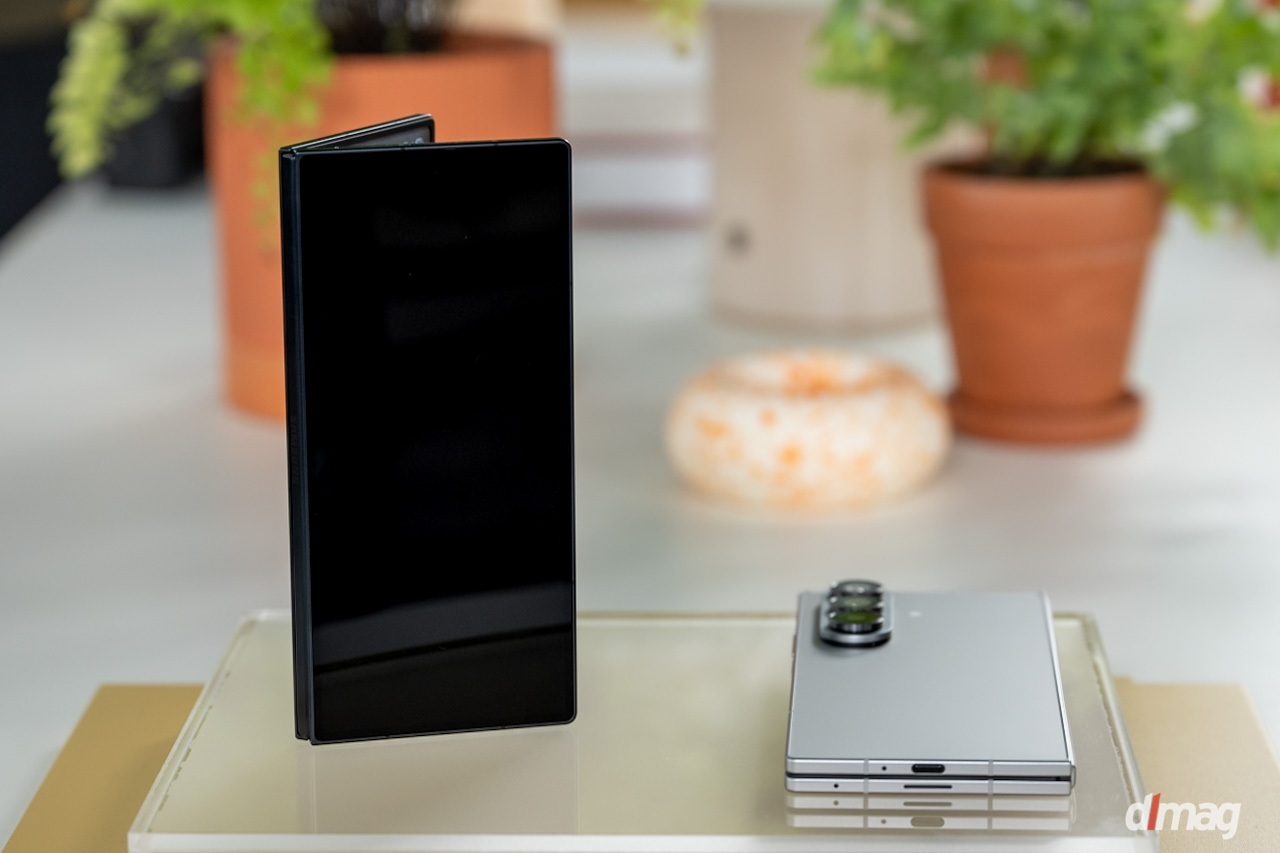
The removal of S Pen support affects productivity users who relied on stylus functionality, but Samsung’s data suggests the affected group includes a small percentage who benefit more from the weight reduction and improved durability. The visible camera cutout is a step backward from the under-display design, but the improved selfie quality justifies the change. Samsung has joined the elite thickness club while maintaining broad appeal. The gap between the thinnest foldables is now measured in fractions of millimeters rather than full millimeters.
Samsung created the phone they should have made from the beginning in terms of form factor and build quality. The Z Fold7 proves that foldable technology has finally reached maturity while competing at the highest level. Your digital life is expanding. Your phone should expand with it. The Z Fold7 promises to eliminate the constant compromise between productivity and portability that defines modern mobile computing.
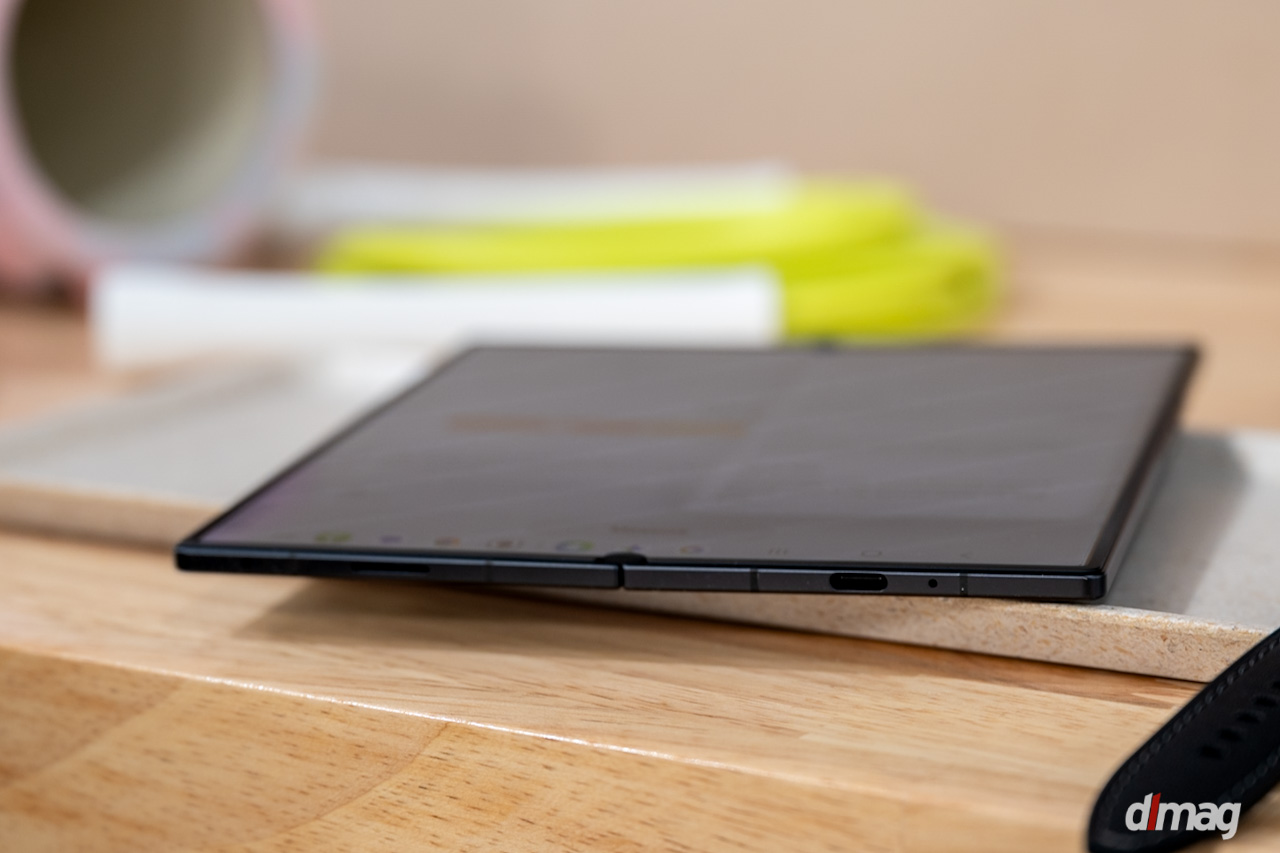
The future of smartphones is here, and it fits in your pocket. After hands-on testing, the question isn’t whether foldables will replace conventional phones. The question is whether you’re ready to stop compromising on screen space, productivity, and creative potential. The Galaxy Z Fold7 makes that choice easier than ever before.
Frequently Asked Questions About Samsung Galaxy Z Fold7
Does the Samsung Galaxy Z Fold7 support the S Pen? No, Samsung has officially removed S Pen support from the Galaxy Z Fold7 for the first time since the Galaxy Z Fold3. This controversial decision was based on user research showing extremely low stylus usage among Fold users.
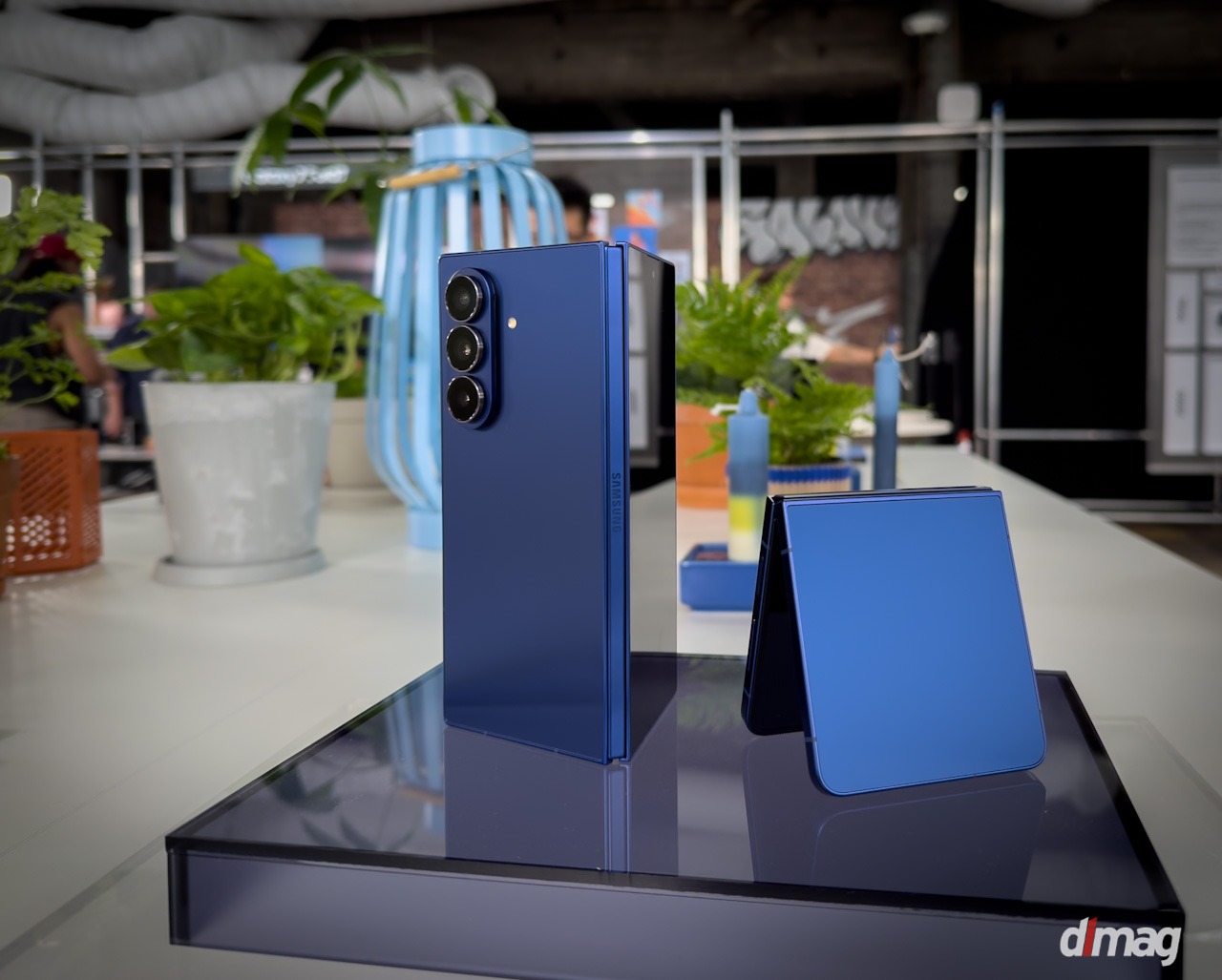
How does Samsung Galaxy Z Fold7 battery life compare to competitors? The Z Fold7’s 4400 mAh battery capacity lags significantly behind competitors. The Honor Magic V5 offers 6100 mAh (39% more capacity), while the Vivo X Fold3 Pro provides 5700 mAh (30% more capacity) in similarly thin profiles.
Is the Samsung Galaxy Z Fold7 thinner than other foldables? At 8.9mm folded, the Z Fold7 nearly matches the Honor Magic V5 (8.8mm) and OPPO Find N5 (8.93mm), making it one of the thinnest foldables available but not the absolute thinnest.
What’s new about the Samsung Galaxy Z Fold7 camera system? The Z Fold7 features a 200-megapixel main camera with an 18% thinner actuator, improved ultra-wide lens with autofocus, enhanced 3x telephoto, and replaces the under-display selfie camera with a traditional 10-megapixel punch-hole design for better image quality.
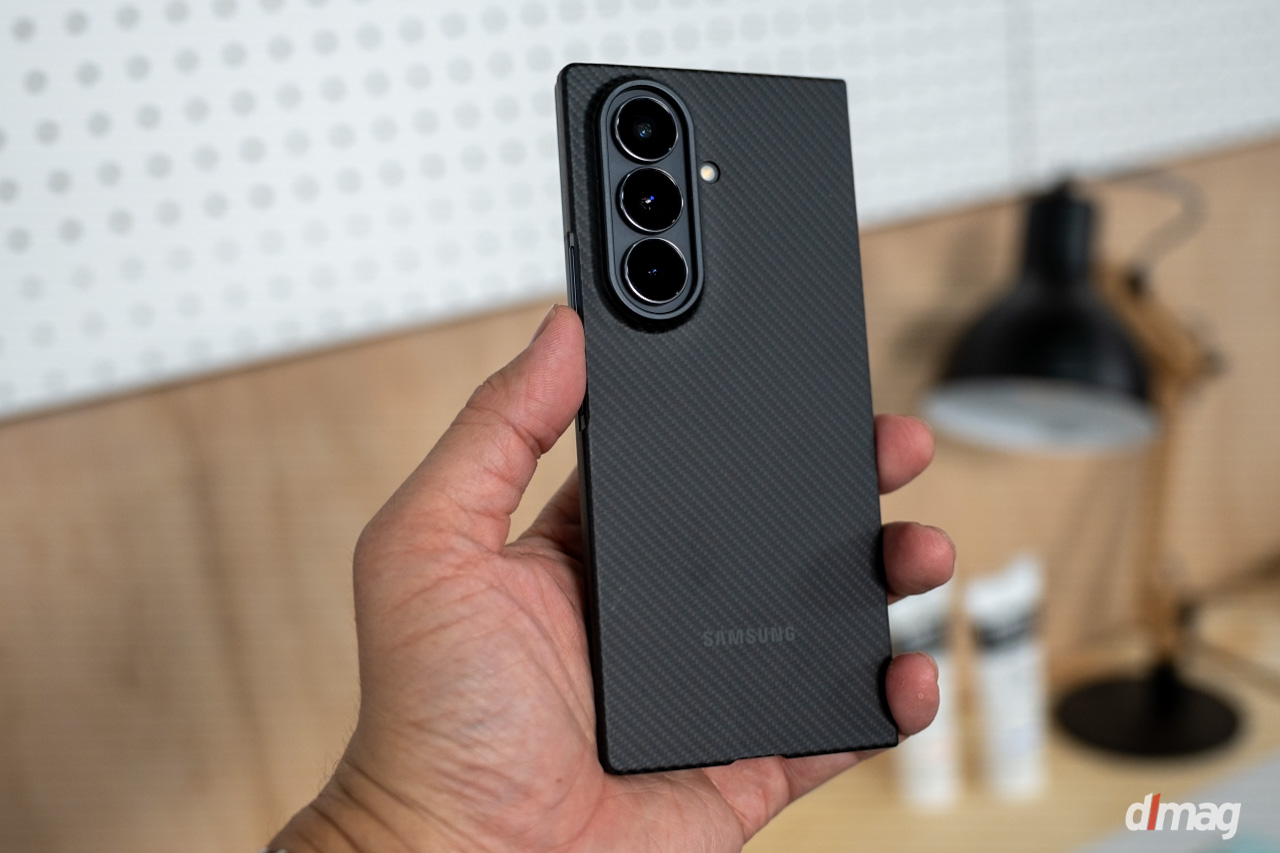
How much does the Samsung Galaxy Z Fold7 weigh compared to regular phones? At 215 grams, the Z Fold7 weighs less than many traditional flagship smartphones while providing an 8-inch foldable display, representing a 24-gram reduction from the previous generation.
When will the Samsung Galaxy Z Fold7 be available and how much does it cost? Samsung positioned the Z Fold7 at $1,999.99 with three storage configurations: 256GB/512GB models include 12GB RAM, while the 1TB model upgrades to 16GB RAM. Seven years of software updates are included through 2032.
Should you upgrade from Samsung Galaxy Z Fold6 to Z Fold7? The upgrade depends on your priorities. The Z Fold7 offers significant improvements in thickness (3.2mm thinner), weight (24g lighter), camera quality (200MP vs 50MP), and display size (8″ vs 7.6″), but removes S Pen support and maintains the same battery capacity.

